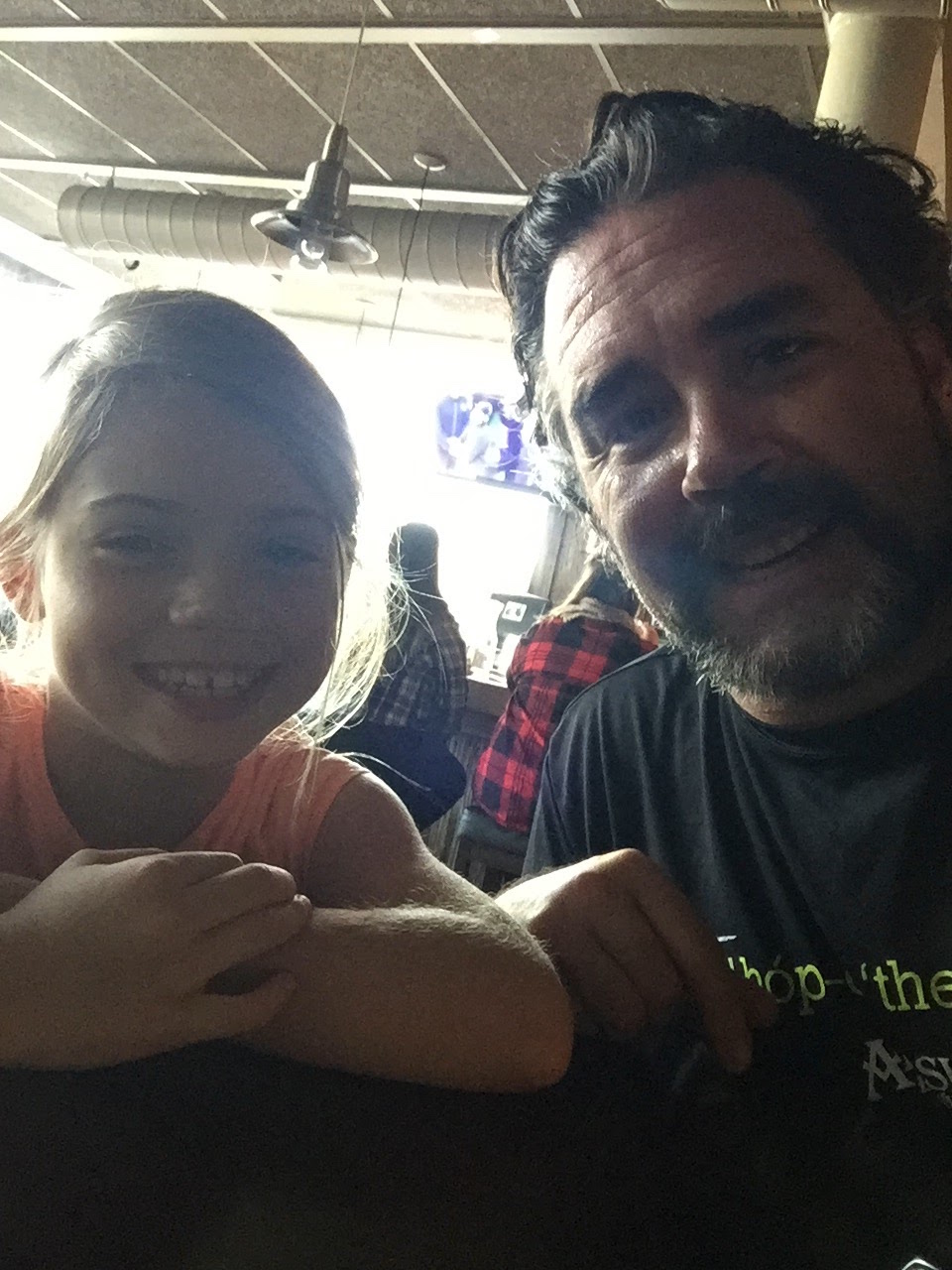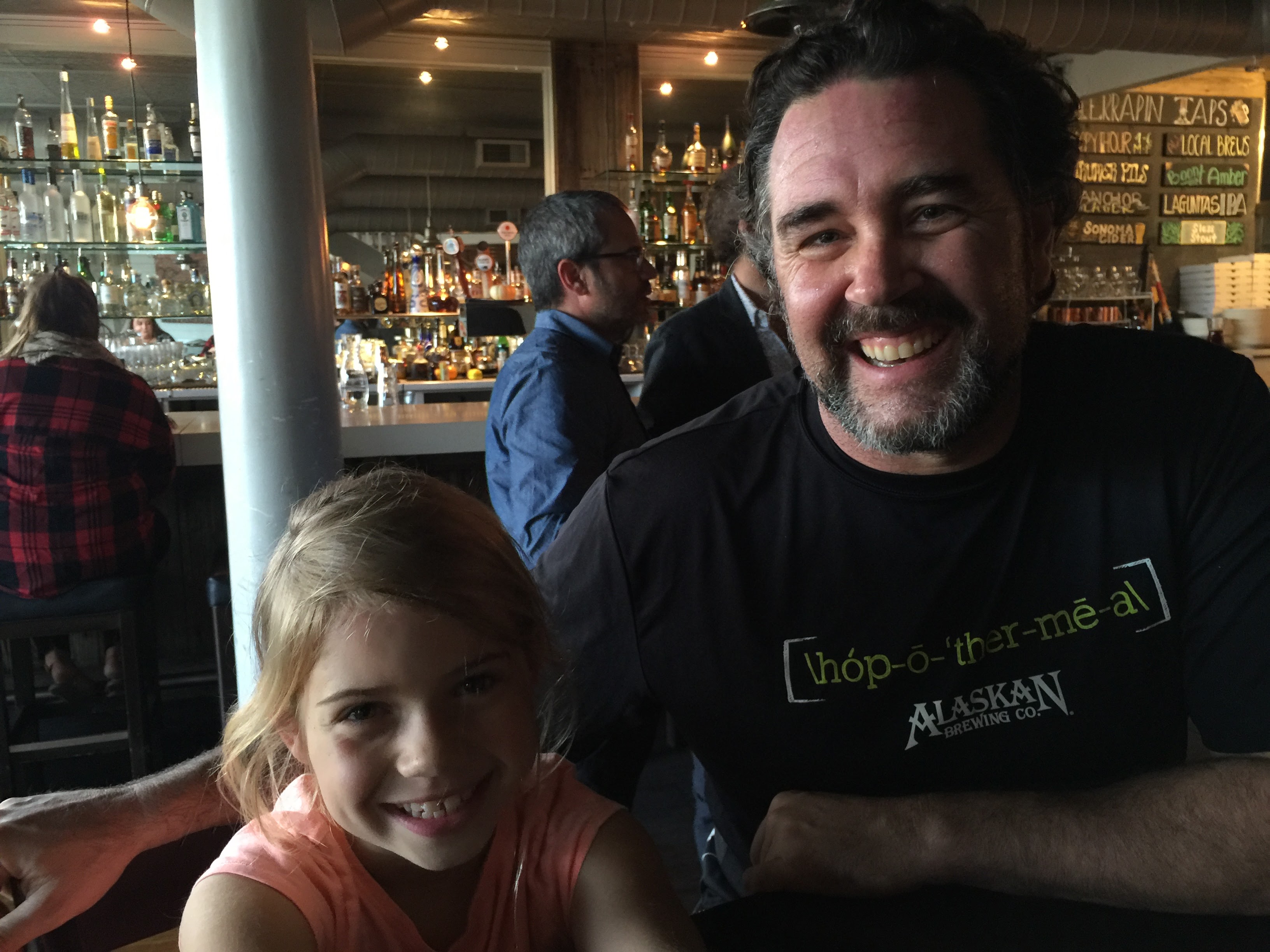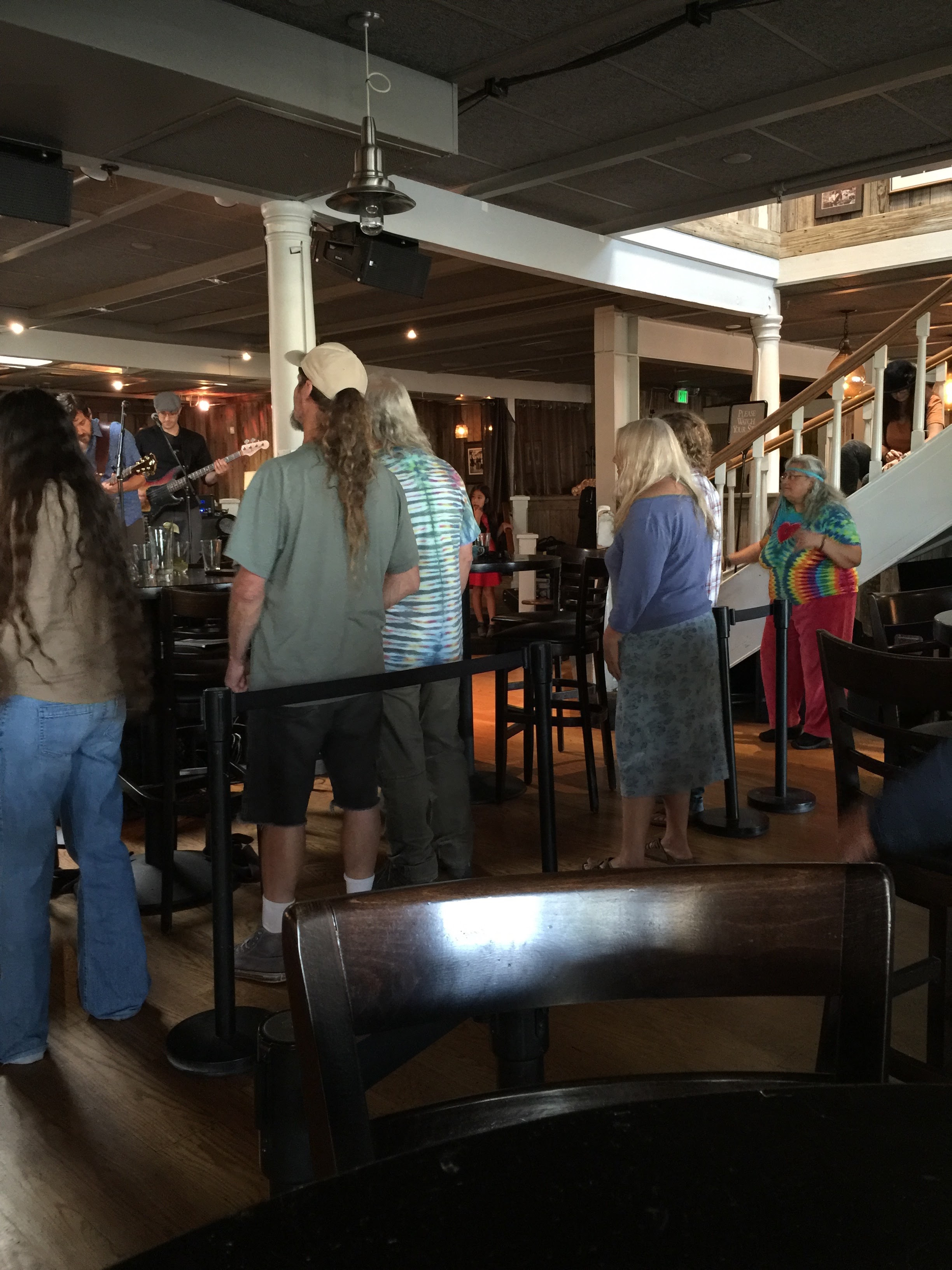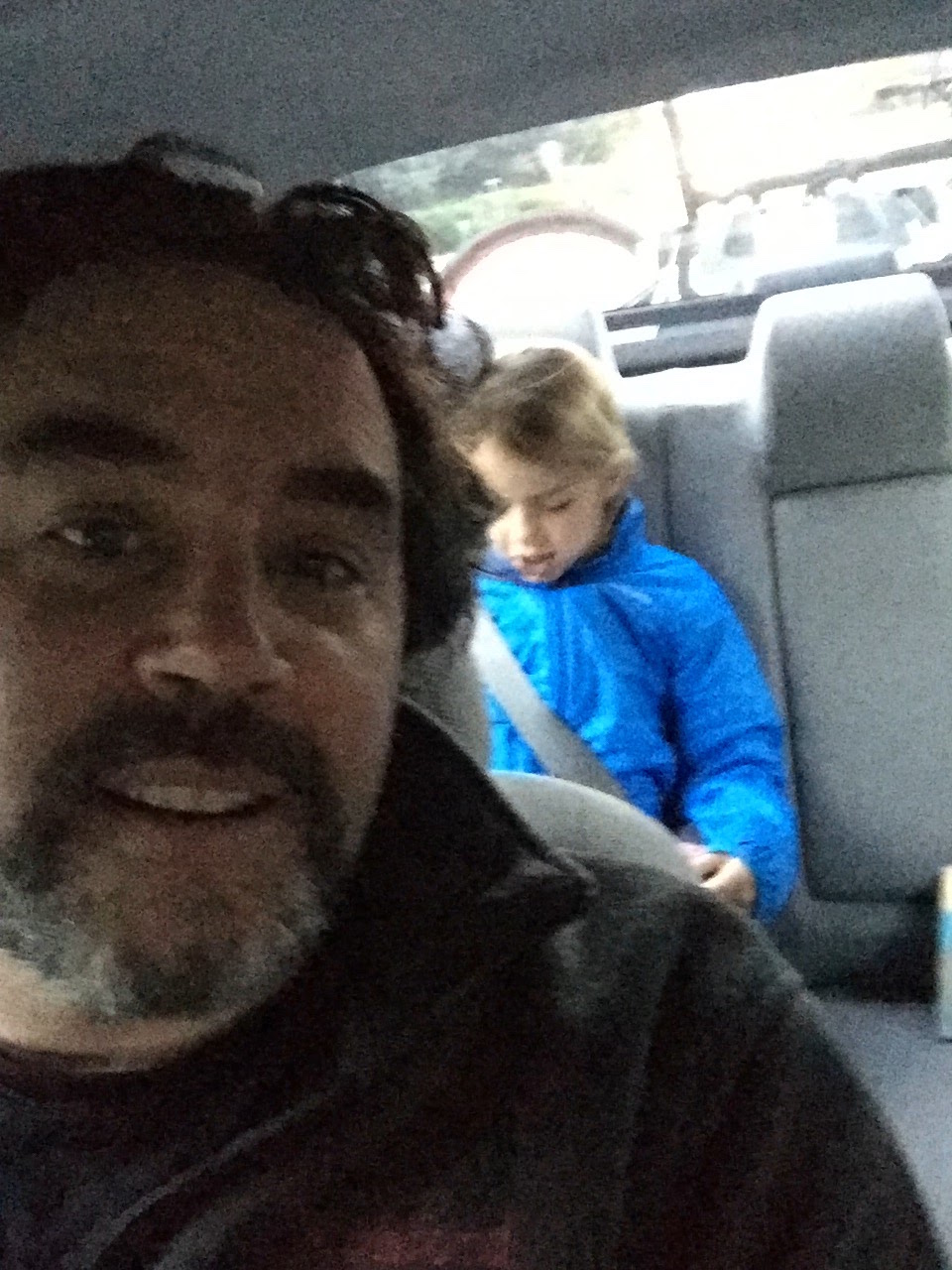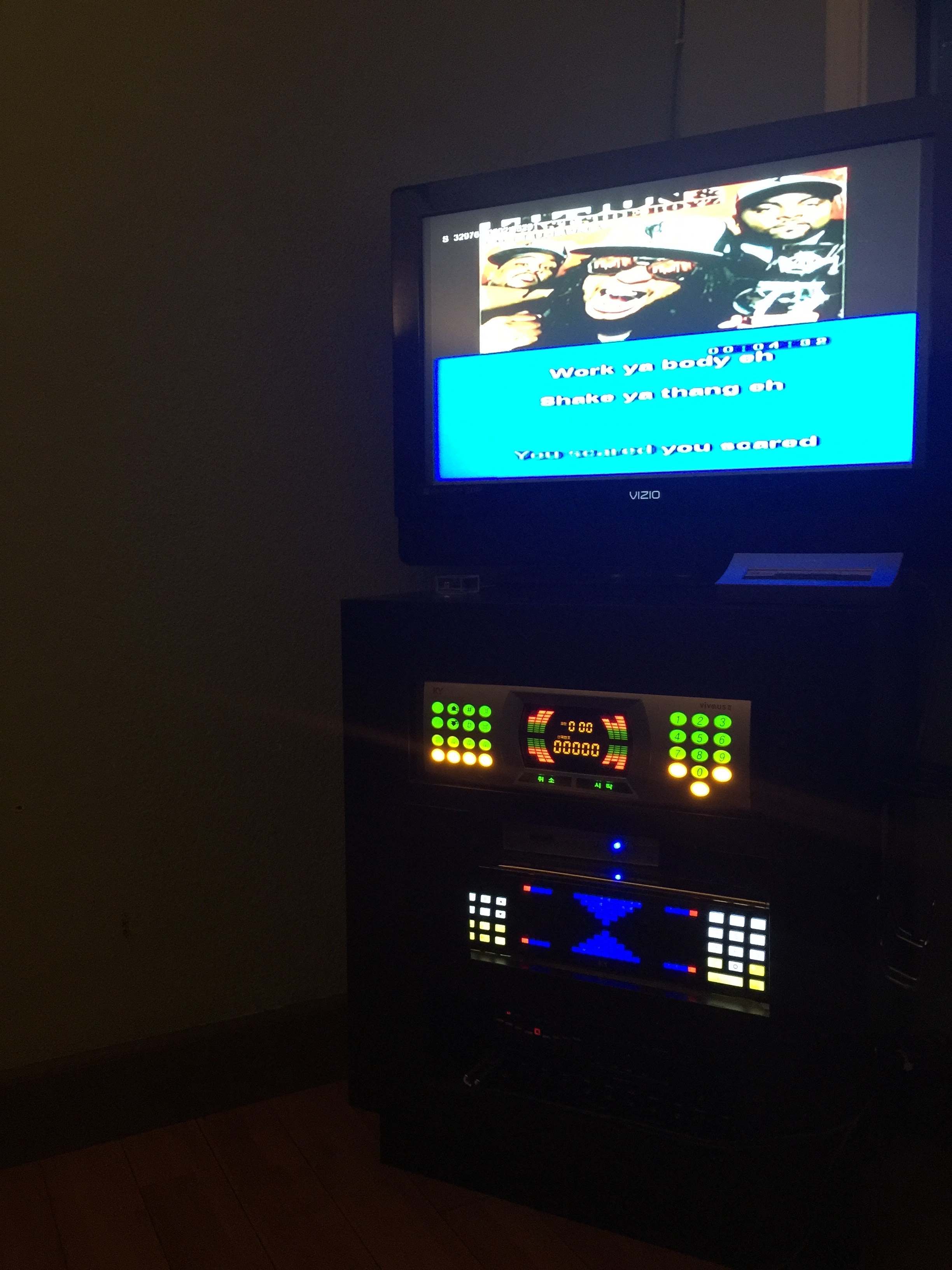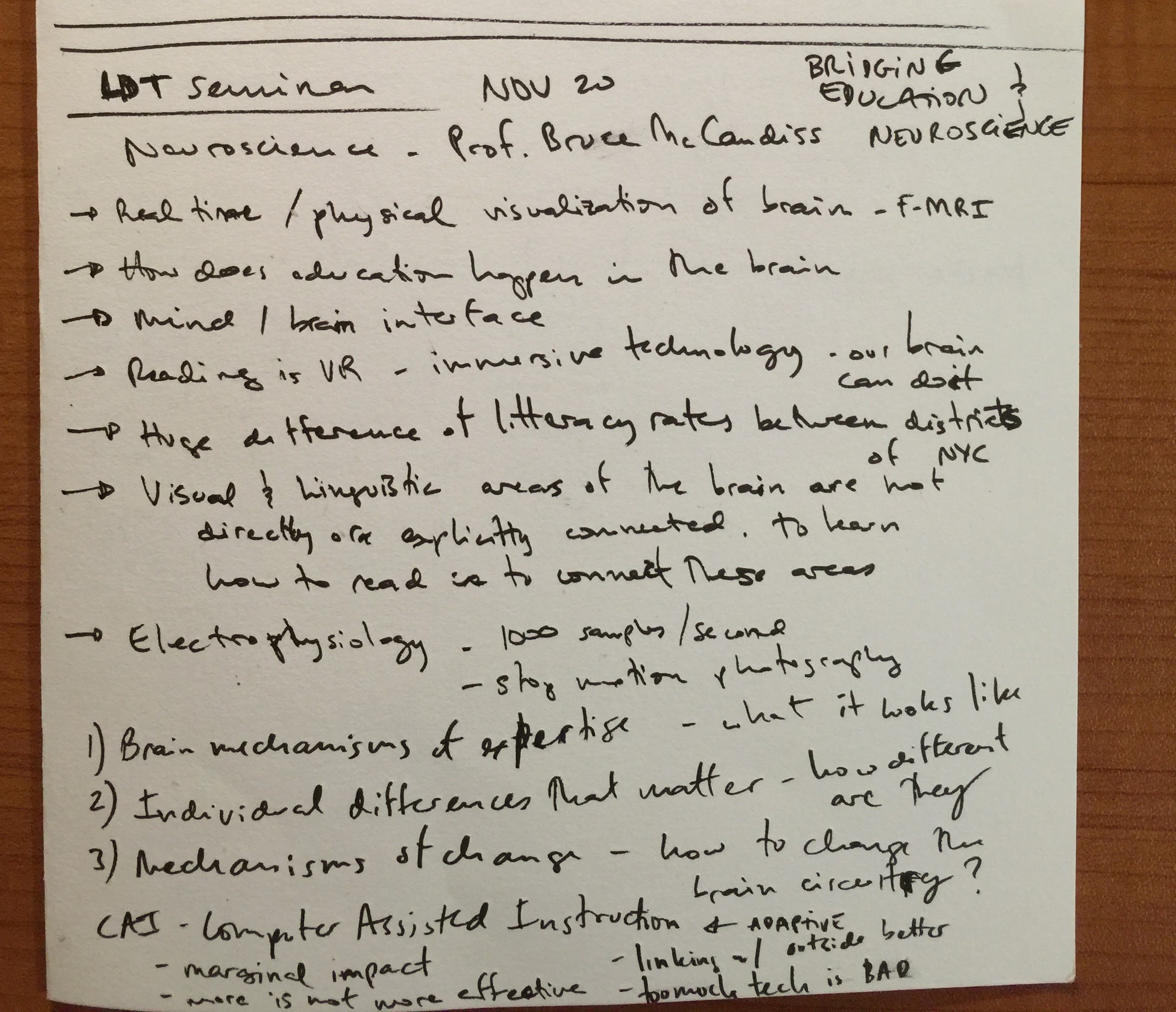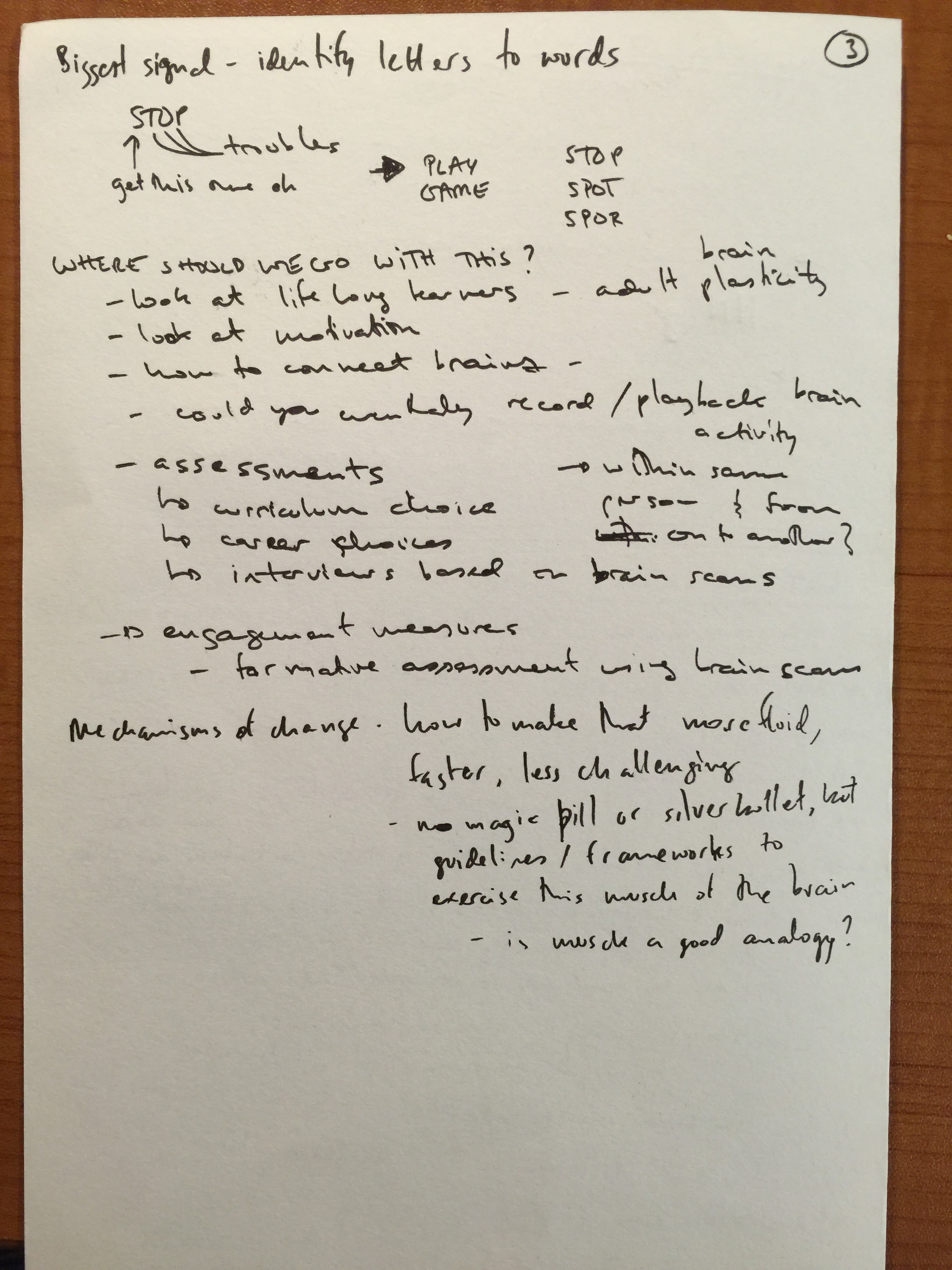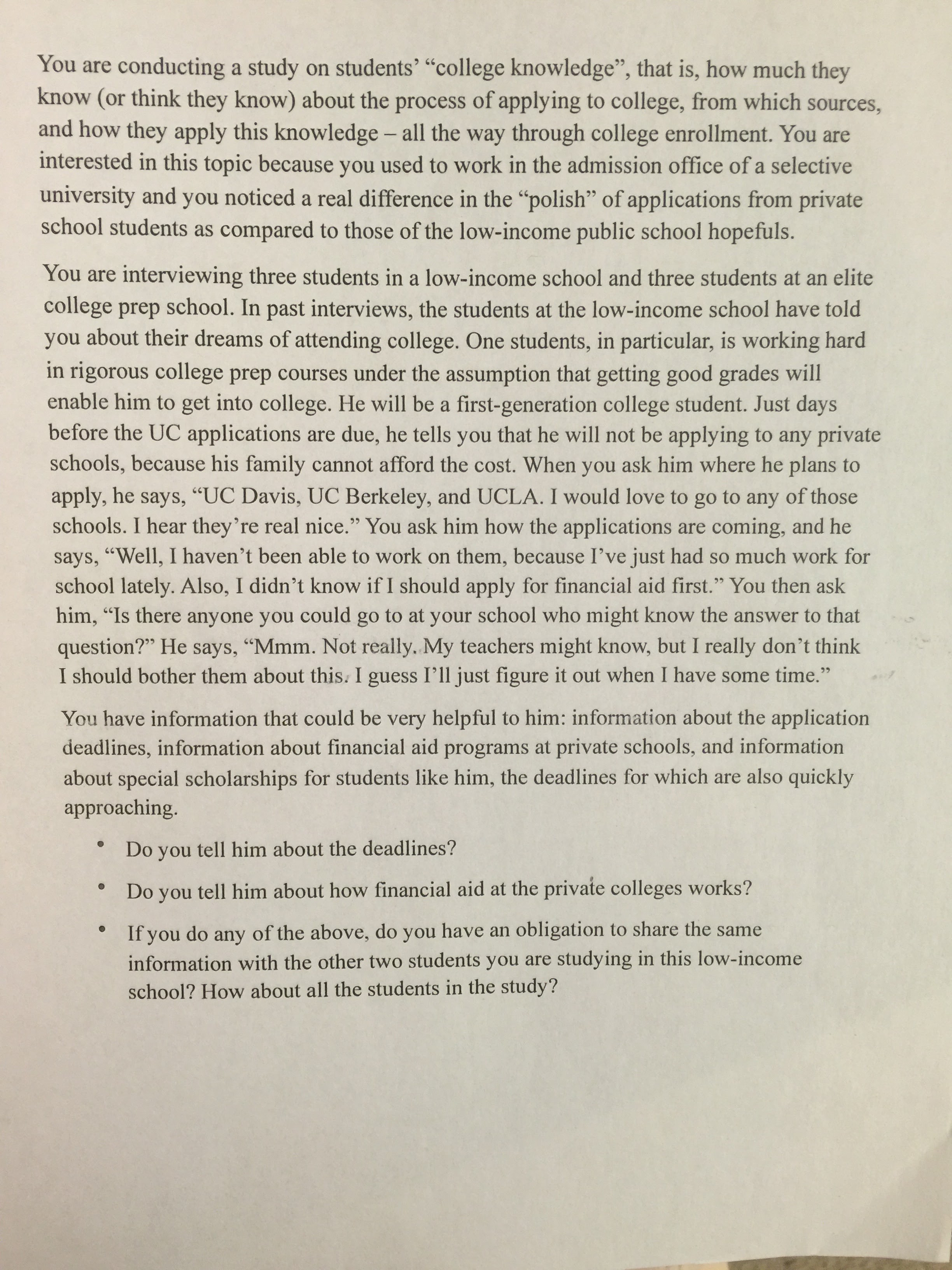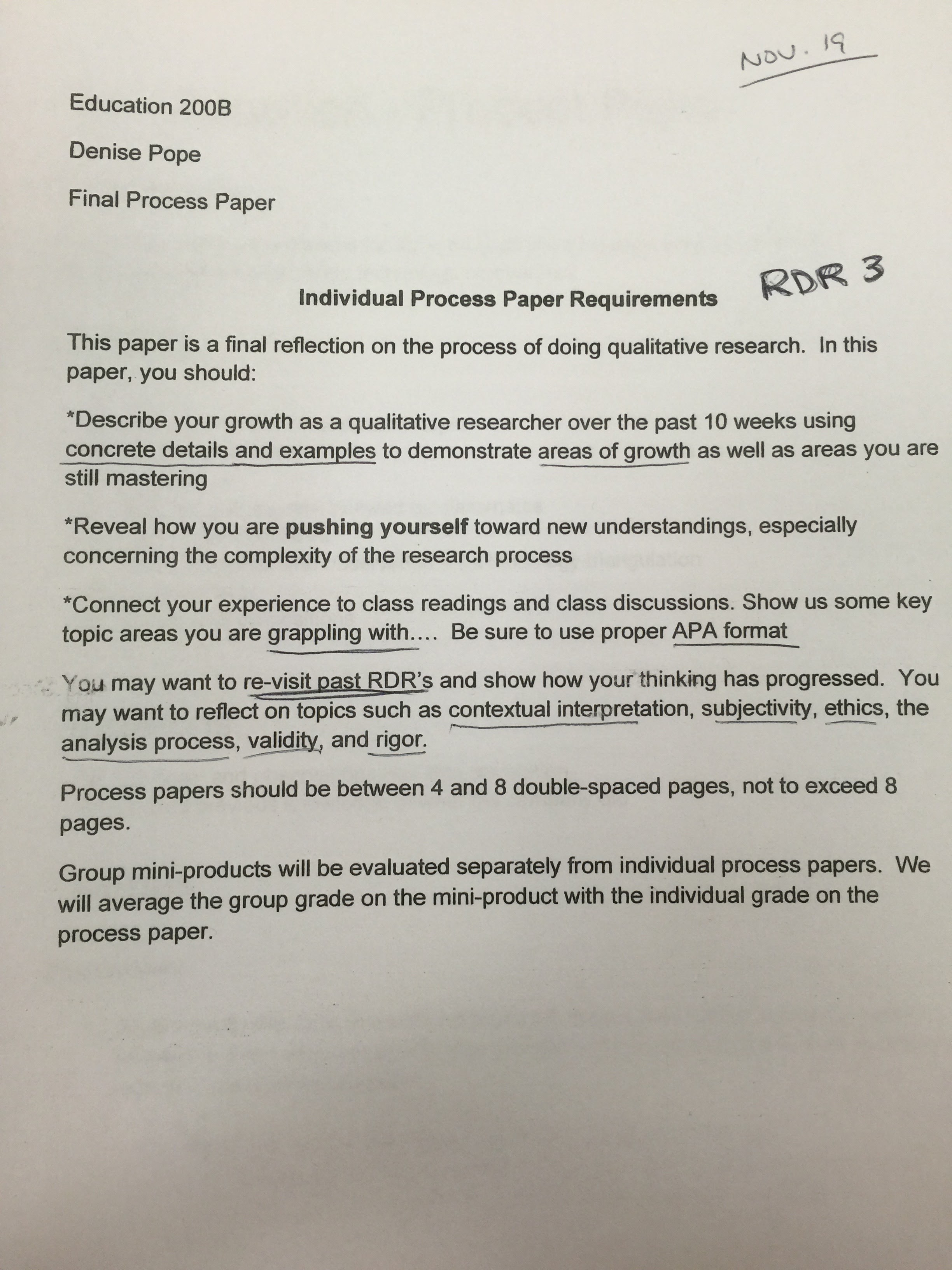Assignment
Response
Team SAL: Soren, Alex, Lucas
Lessons Learned
- Time with the intended user and rigorous user testing are critical to success. Every interaction our team had with our OMS student yielded more ideas and insights.
- It can be challenging to figure out whether an idea is not good or whether its implementation was the issue. It’s quite possible that a user will not engage well with a prototype even though the basis of the prototype is a worthwhile idea. Consequently, it is important to identify the critical learning mechanism to be tested and give the learner different ways to engage with it.
- What would be motivating to us is not necessarily as motivating to other learners. For example, while our team might be excited to narrate videos, our OMS learner was much more motivated to help a blind cat understand the video.
- It is important to use a learner’s strength to help him improve upon his weakness. With our OMS learner, we found greater success when we played off of his strength (caring for others) to motivate him to talk.
- The Wizard of Oz technique enabled our team to rapidly test, change, and evolve our prototype. The freedom to build just part of our prototype and simulate the rest of the prototype experience also allowed us to test several backup ideas, which helped us gather additional insight on our learner’s motivations and interests.
- We realized how important it is to record and review testing sessions. By closely analyzing when our learner showed engagement, we were able to pinpoint the specific mechanisms through which our prototype encourages participation and positive affect.
- The “protege effect” – or more broadly the task of teaching someone else – is a powerful motivator. Our strongest prototype turned our learner into a teacher that would explain videos to a blind cat who couldn’t see them. Our learner was quite responsive as he saw real purpose in generating words to help the needy creature.

